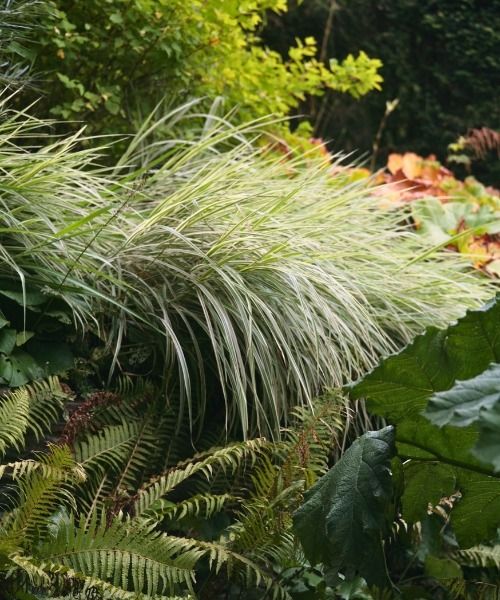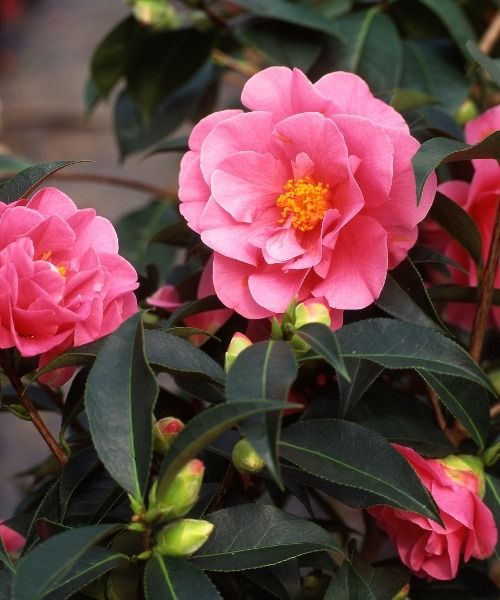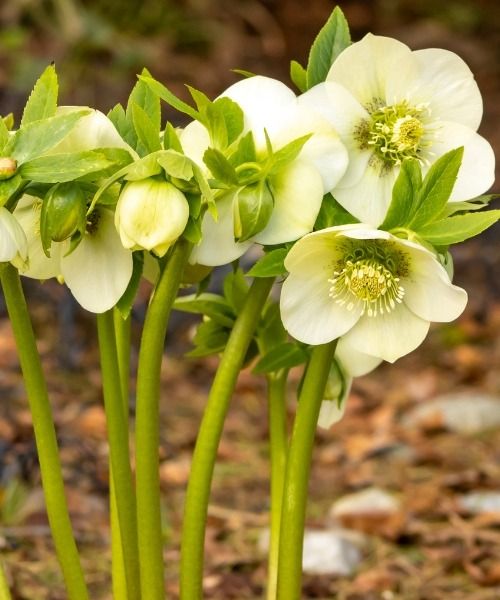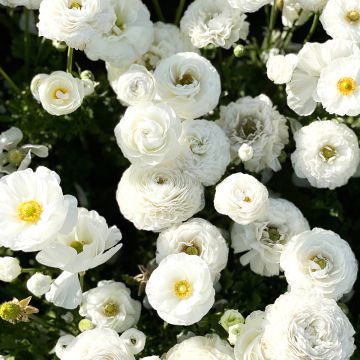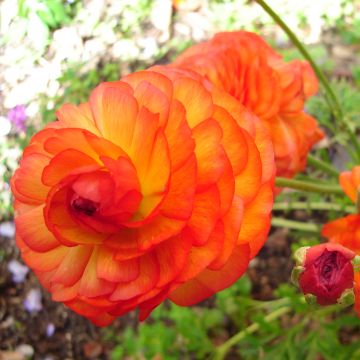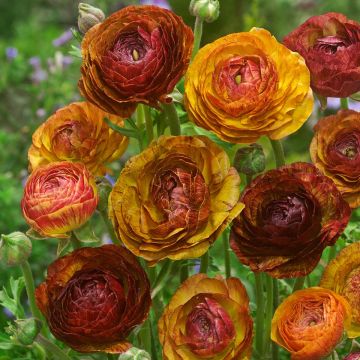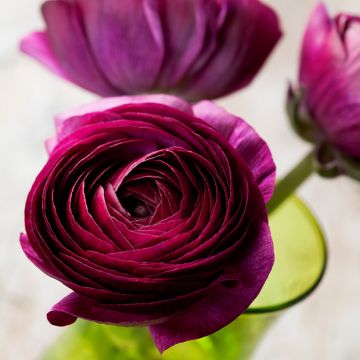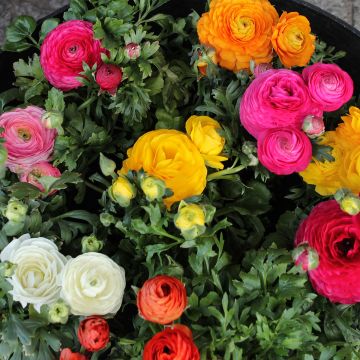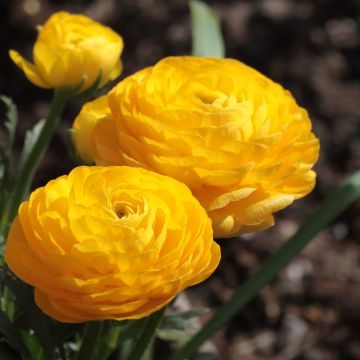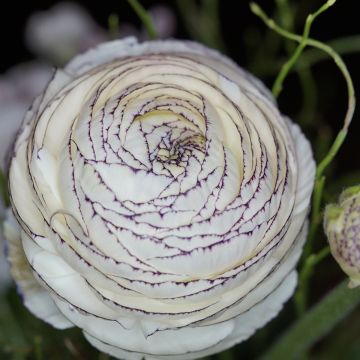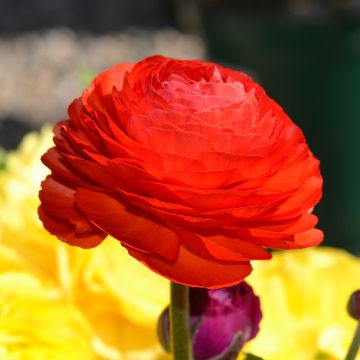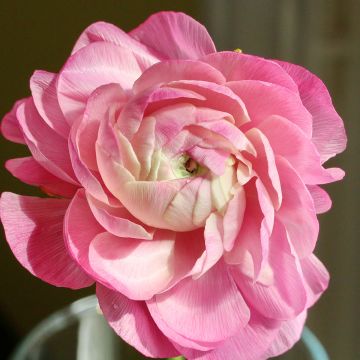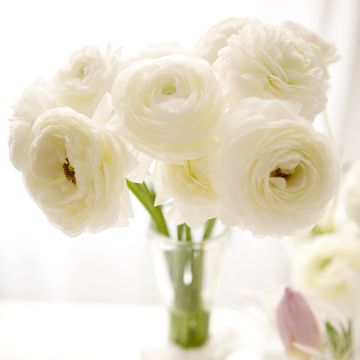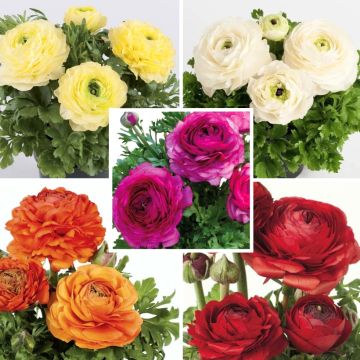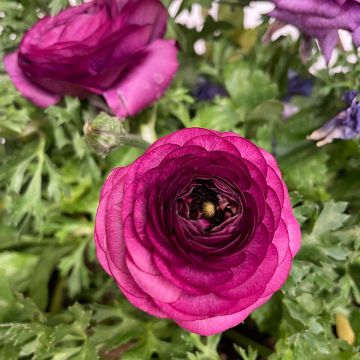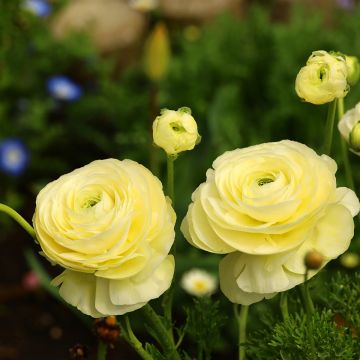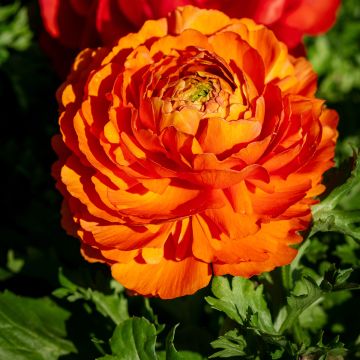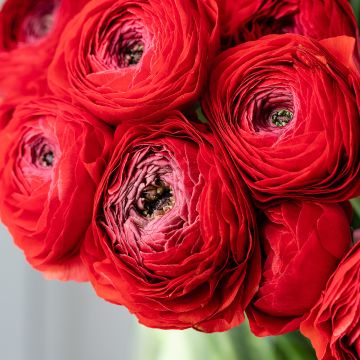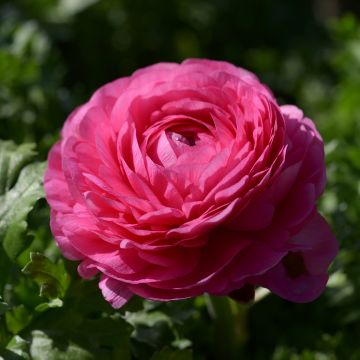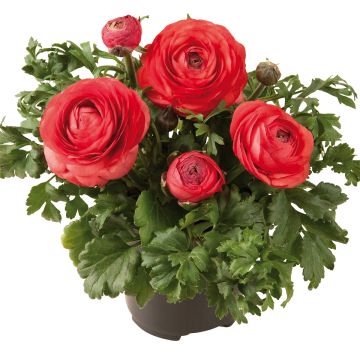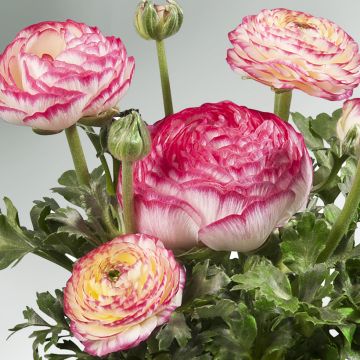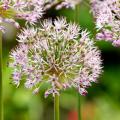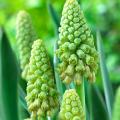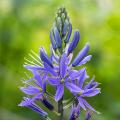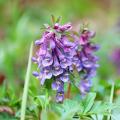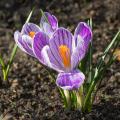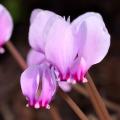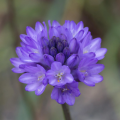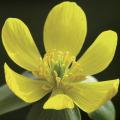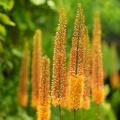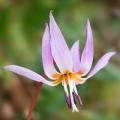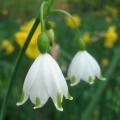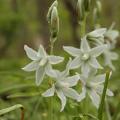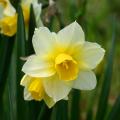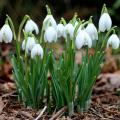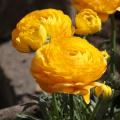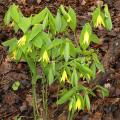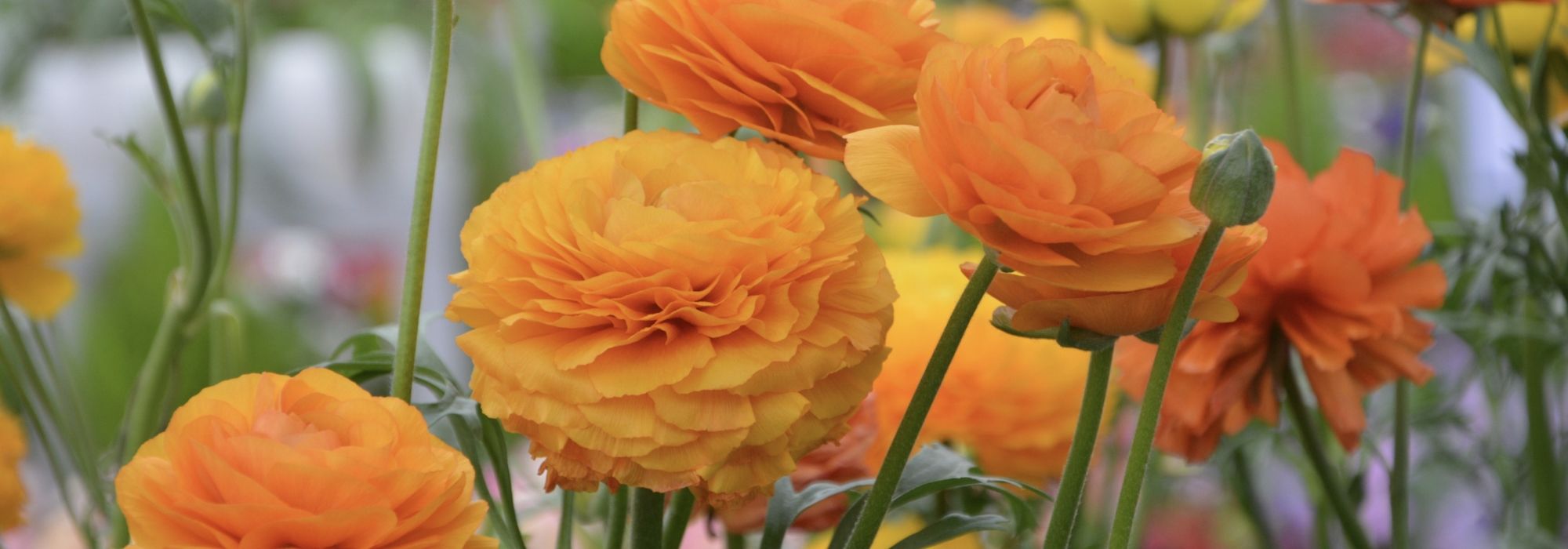Ranunculus bulbs
Does this plant fit my garden? Set up your Plantfit profile →
Available in 1 sizes
Available in 1 sizes
Available in 1 sizes
Available in 1 sizes
Available in 1 sizes
Available in 1 sizes
Available in 1 sizes
Available in 1 sizes
Available in 1 sizes
Available in 1 sizes
Available in 0 sizes
Available in 1 sizes
Available in 1 sizes
Available in 1 sizes
Available in 1 sizes
Available in 1 sizes
Available in 1 sizes
Available in 2 sizes
The florist's ranunculus, scientifically known as Ranunculus asiaticus, with their shimmering and infinitely varied colours, make for beautiful bouquets because the heavy, globular and double flowers last a long time in a vase. Lovely tender perennial plants of the Ranunculaceae family, they are the distant and opulent cousins of our modest buttercups. The best varieties of Asian ranunculus, available at florists' stalls from April onwards, are gathered under the name 'Géante d'Anjou' and are often offered in a mix of colours, pastel or more vibrant, even variegated. We also offer them in separate colours, so that each gardener can create their own combinations according to their taste. Splendid in flower beds, florist's ranunculus also grow very well in pots.
Plant the ranunculus tubers, shaped like claws, in autumn in warmer areas (or under shelter), but in spring in colder areas. They should be planted in full sun, 5cm (2in) deep, with the bud facing upwards and the claws spaced 20cm (8in) apart. They thrive in soil rich in compost, low in limestone, and should be kept moist throughout the growth and flowering period. The finely cut foliage dries up a while after flowering: it is time to dig up the tubers and store them in dry sand or compost, protected from frost during winter. The tuber of the Asian ranunculus is capable of withstanding short freezes of around -10°C (14°F) in relatively dry soil and under a protective mulch.
Haven't found what you were looking for?






























